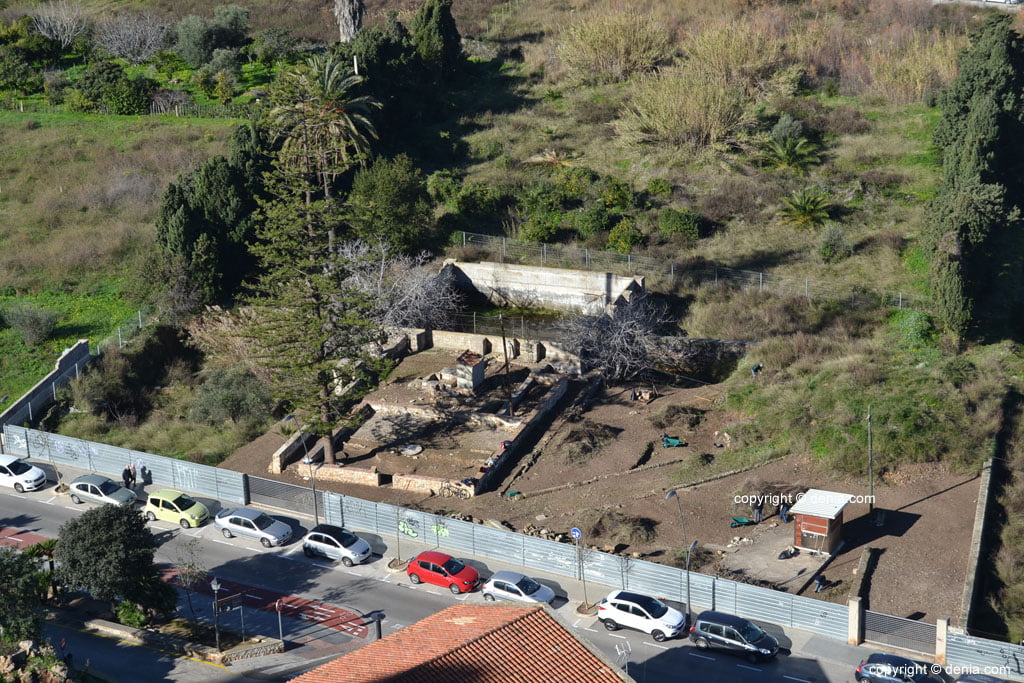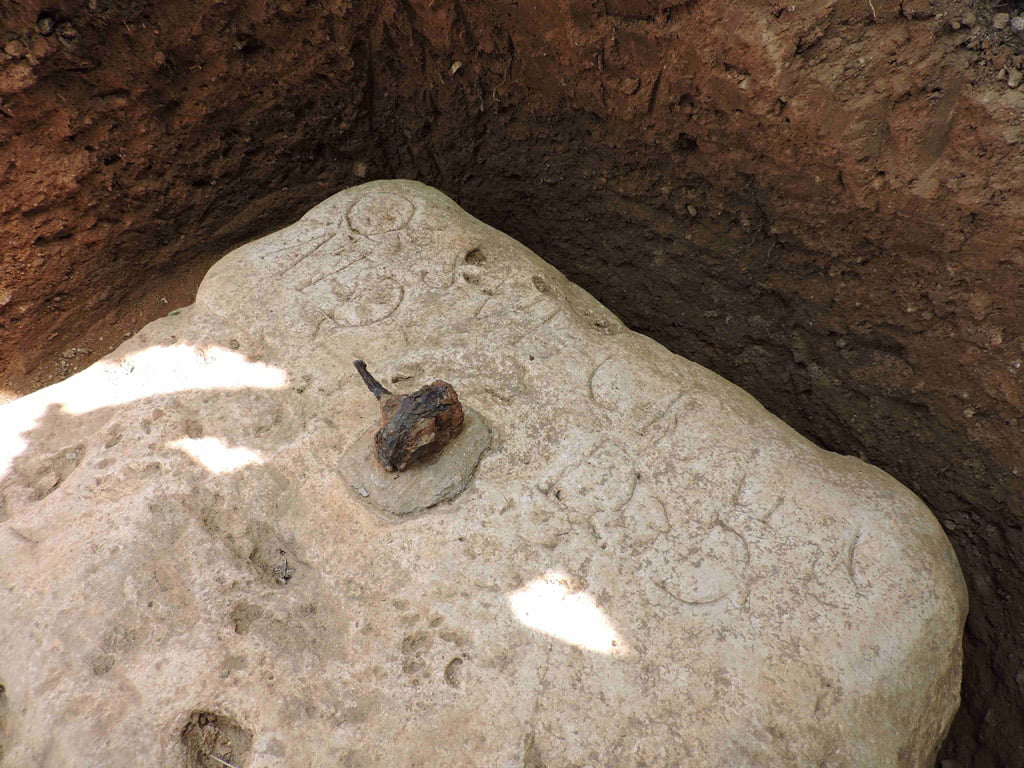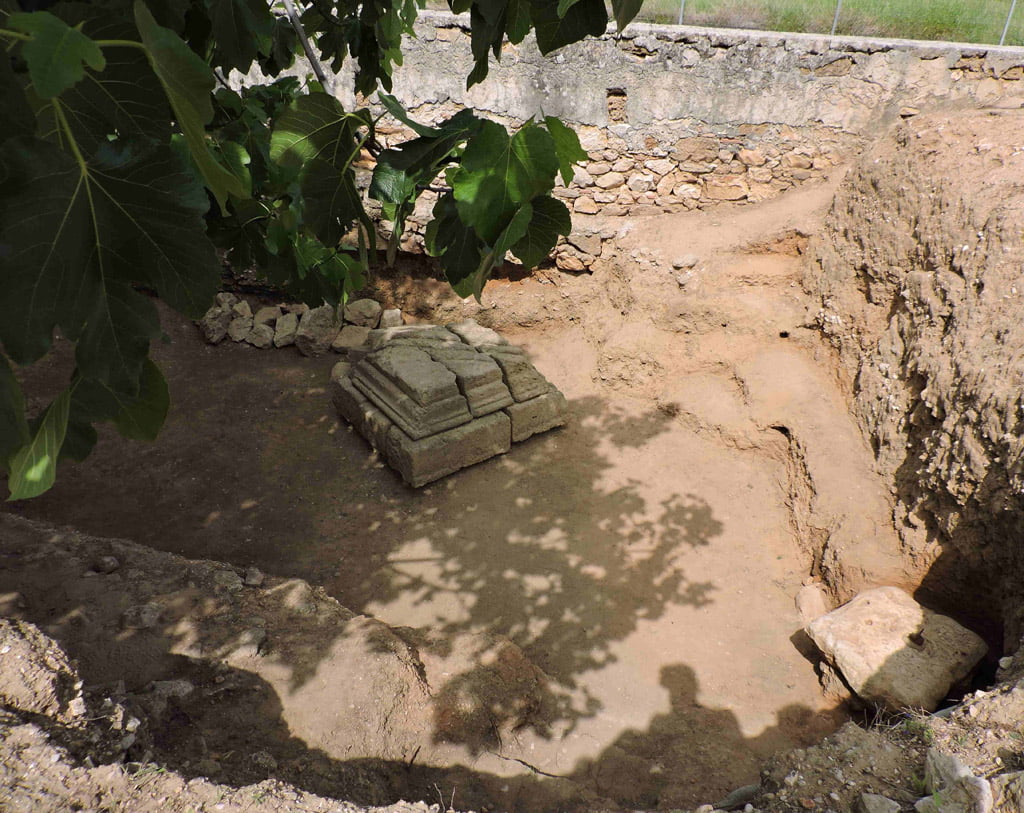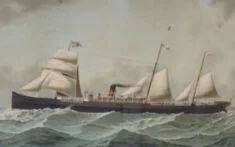During the last four months the remains of Roman Dénia who are in the Hort de Morand, the existing parcel between Round Walls and Avenida Miguel Hernández, born anew. After almost 10 years in oblivion, where the vegetation has covered the excavations of the site, a four-person team has been dedicated to the cleanup of the site, which had not done any maintenance since 2008 .
The area has regained the appearance it had in the year 2007 and now is the time, according to the municipal archaeologist, Josep Gisbert, "to evaluate whether to move forward so that the site is musealized, the appropriate signage is installed and has access to the public".
A clear but elusive goal, since for it the City Council needs to make a major investment for now there are no resources. Still, the councilman of Culture, Rafa CarrióHe reaffirmed the intention of the council of the whole area to be excavated and recover the municipal ownership of 2.000 square meters of Hort de Morand.
The work carried out in the municipal archaeological site of Hort de Morand have been funded with about EUR 40.000 the program EMCORD Valencian Employment Service and Training (Servef)
Quintus Sulpicius registration Cratus
During the cleaning work, a "exceptional find", As reported by the City Council. It is an inscription on a limestone block Montgo, part of an epigraphic monument, which, for the typology of its spelling, can be dated to the second half of the second century AD
According to the transcript by Gisbert, the inscription reads the tria nomina (Or three names that distinguished Roman citizens of foreigners and slaves) of a character of municipal elites of Dénia, Quintus Sulpicius Cratus; office of mayor or AED (ILIS); and two "des" Capitalized mean giving or donates and dedicates a monument to a recipient whose identity is unknown.
Quintus Sulpicius Cratus, the municipal magistrate exercised at the time the office of mayor and as such, played among its functions the control of weights and measures, vital for the exercise of trade, control of the organization of games and control and functioning of markets.
The municipal archaeologist He has written an explanatory text about the discovery made in the Hort de Morand you can check here.










Meanwhile, the largest archaeological site in all of Jávea, the Roman town and fish farm of Punta del Arenal, remains ignored by the institutions and "hidden" under various constructions, from a chalet to a tennis court. http://www.museuprehistoriavalencia.es/web_mupreva_dedalo/publicaciones/69/en?q=es